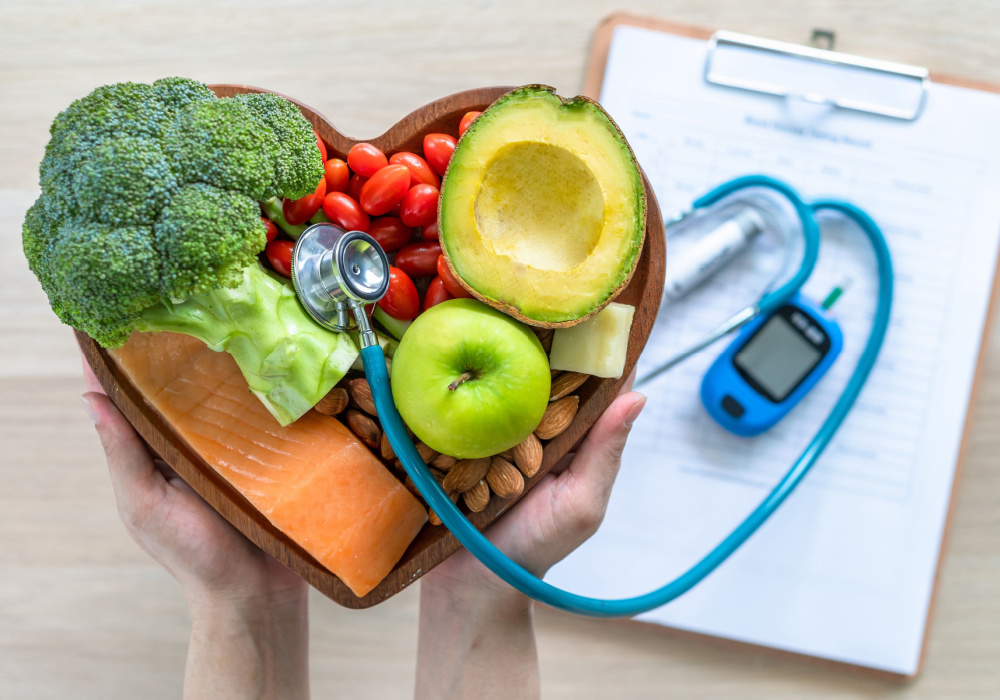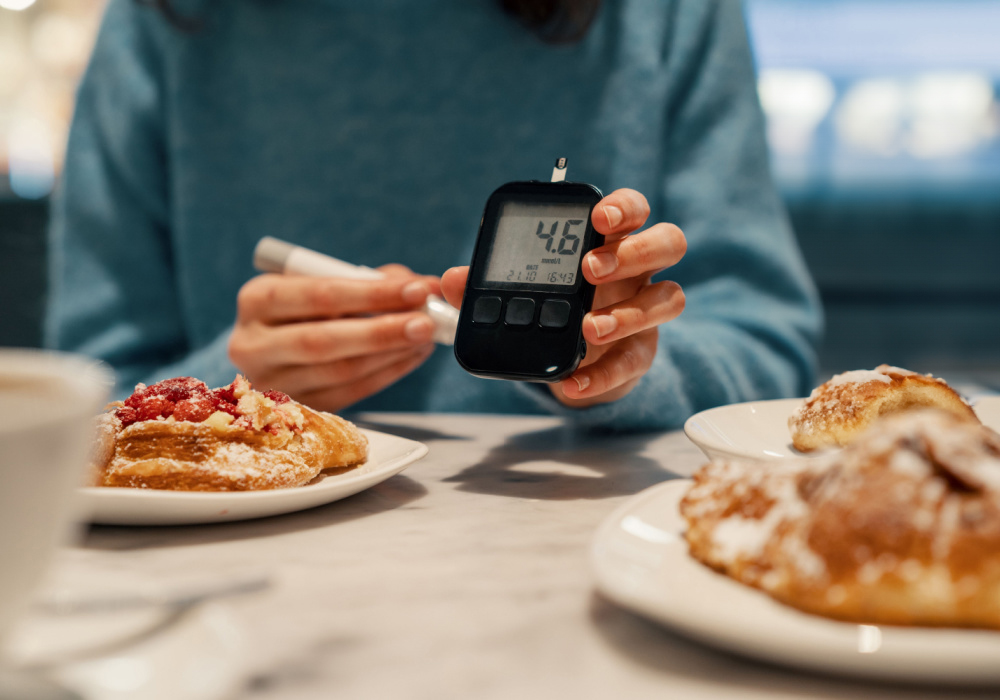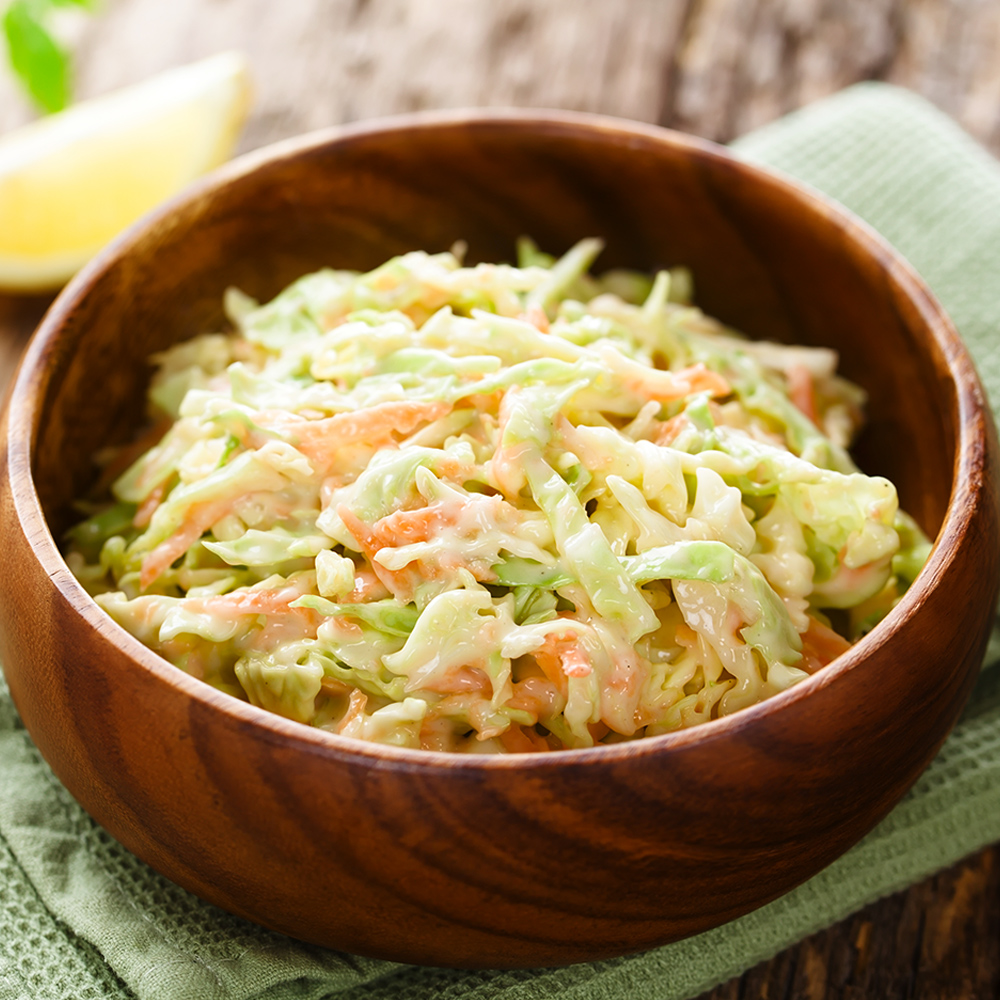Diabetes is a chronic medical condition that occurs when the body is unable to properly regulate blood sugar levels.
There are three main types of diabetes: Type 1 diabetes (typically develops during childhood or adolescence and is not preventable and requires insulin injections), type 2 diabetes (can be managed with a combination of dietary changes, physical activity, oral medications) and gestational diabetes (occurs during pregnancy and usually resolves after birth).
| Type 1 Diabetes | Type 2 Diabetes | Gestational Diabetes |
|
|
|
Diet plays a very important role in the management of diabetes, especially type 2 diabetes.
People with diabetes may benefit from considering their diet carefully, such as by reducing added sugars, opting for healthy fats, and focusing on fiber intake. To manage such a diet, reading food labels is an essential skill for shopping responsibly.

In this Splenda blog post, you will find 5 tips to help you read food labels effectively:
1. Ingredients
Do you know that sucrose, fructose and glucose are the chemical names for sugar?
(Click here for a wider list including other hidden names of sugar.)
In food production, some ingredients have technical names that are not familiar to the general consumer. These names may surprise you, so you should learn to scan the ingredients list to detect hidden sources of sugar or carbohydrates. Also, ingredients are listed in descending order by weight, so if sugars or carbohydrates are listed at the top, this may indicate a higher content.
2. Learn Common Synonyms for Sugar
Foods with added sugar can cause rapid increases in blood sugar levels. Therefore, diabetics should be cautious about the amount of added sugar in products.
Sugar comes in various forms and names, some of which are commonly used in food production, and diabetics are often unaware of these names. The types of sugar you may see in the content of the products may be one of the following:
- Molasses
- Honey
- Maple syrup
- Corn syrup
If you start to prefer sugar-free products and use low-calorie sweeteners such as Splenda, you can turn your food into a version with less added sugar!
3. Calorie and Portion Control

Pay attention to calorie content and portion size. These play a crucial role in weight management, maintaining a balanced diet and promoting overall health.
Managing your weight is important for diabetes management and portion control helps to regulate calorie intake. You can try the following, which can help you control your weight and limit calorie intake throughout your diet:
- Use smaller plates.
- Choose sweeteners instead of sugar.
- Try categorising foods according to their calories.
4. Reference Daily Intake
The recommended daily intake is the amount of a nutrient that should ideally be consumed for good health. This amount is usually determined for nutrients such as vitamins, minerals, proteins, carbohydrates and fats.
Reference intake values are based on dietary guidelines established by nutritionists and health organisations. The nutrient value on food labels indicates the extent to which an individual’s daily requirement for a particular nutrient is met when consuming an average of 1 serving of that food.
If people with diabetes are more careful about the values on food labels, they can automatically limit their extra calorie intake.
5. Get Informed
Splenda Sweeteners, which offers you a low-calorie alternative to sugar that tastes like sugar without compromising on taste, is committed to providing healthy information to its consumers.
To understand what food labels mean and to learn more about sweeteners and stay up to date, visit here.
If you are unsure about interpreting food labels or need guidance for your specific dietary needs, you may want to consider consulting a dietitian. They can provide you with personalised advice and recommendations.
While there are many others, these are some of the main steps a diabetic consumer should consider first. Stay tuned to the Splenda blog and @splenda_eu social media pages for more!




